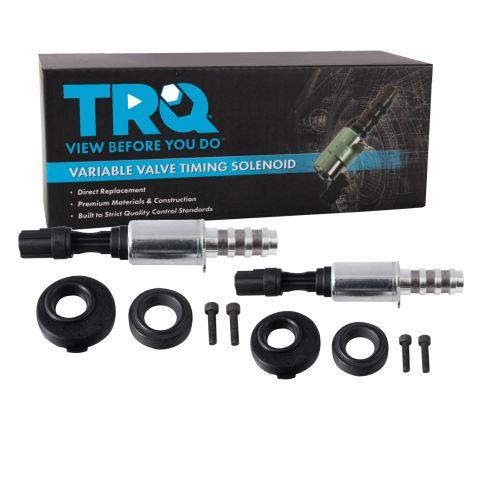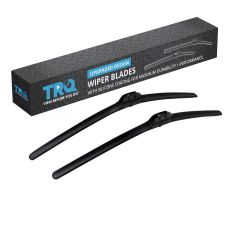1AEEK00266-Ford Lincoln Mercury 2 Piece Variable Valve Timing Solenoid Set TRQ VTA93523







Replaces
2009 Ford Explorer V8 4.6L 2 Piece Variable Valve Timing Solenoid Set TRQ VTA93523




Recommended for your 2009 Ford Explorer
Frequently bought together
Product Reviews
Loading reviews
Customer Q&A
No questions have been asked about this item.
Ford is a registered trademark of Ford Motor Company. 1A Auto is not affiliated with or sponsored by Ford or Ford Motor Company.
See all trademarks.










